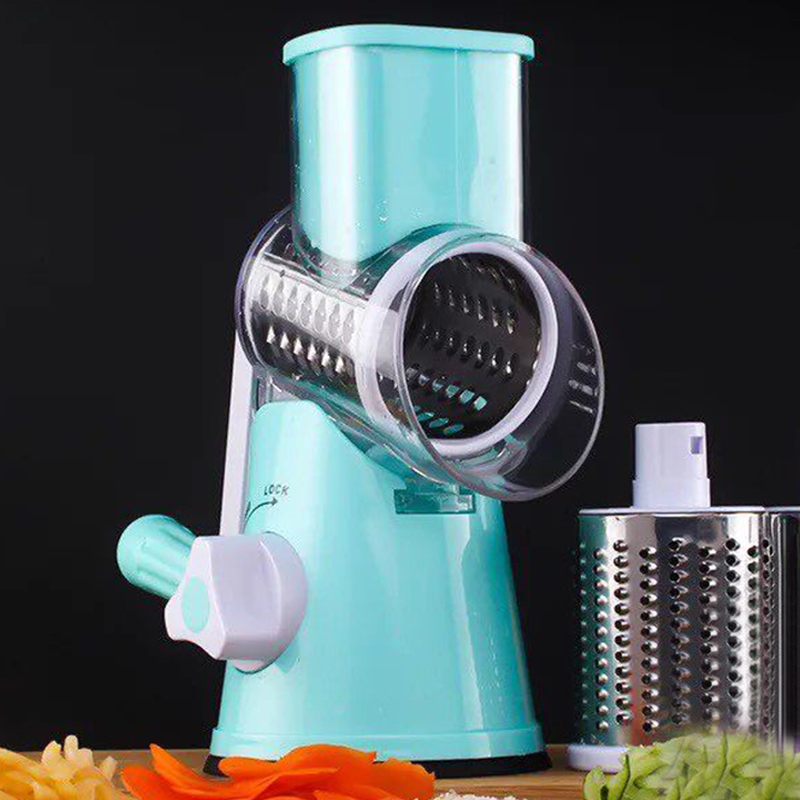
Standard flow hotends like MicroSwiss, Dragonfly, or Revo should be around 12 or so, while higher flow hotends, like the Rapido or Dragon, should be set somewhere around 20. You should set this value to be close to the flow limit of your hotend. After some testing, the default amount to purge is 30 millimeters of material.įlow_rate: This is the desired flow rate you wish to purge at.

Some users prefer only to purge enough to get the nozzle ready, and some users prefer to purge enough to change a filament color before a print. Purge_amount: This is the amount in millimeters of filament material you wish to purge prior to a print beginning. By default, this value is 10 as a healthy, but conservative buffer. Helpful for those who print using brims or skirts, or have a printhead with ducts that are very close to the bed during the first few layers of a print. Purge_margin: This is the amount of space you wish to have between your purge, and your actual print area. It's a good idea to set this value to be a little bit less than the final retract that happens in your Print_End macro. It's a good idea to tune this value so your purge is nice and consistent, rather than spotty or blown out at the beginning. Tip_distance: This is the distance that the very tip of your loaded filament is away from the opening of your nozzle. This should not need much adjustment, unless you are using a nozzle with a large diameter, or purging a very small amount. Purge_height: This is the height above the bed that the nozzle will be when KAMP does it's purge. These settings directly affect how KAMP handles it's purge routines and placement: Set this to True if your machine has a probe that needs to be attached with a special macro before probing the bed.Īttach_macro: Define the macro that your machine uses to attach the probe here.ĭetach_macro: Define the macro that your machine uses to detach the probe here. Probe_dock_enable: By default, this setting is False. Usually have special macros that are used to attach and detach the probe as it is needed. Using a probe that is not integrated into the printhead (Klicky, Euclid, etc) This will slightly randomize the bounds of the bed mesh which will help to spread out wear on your print surface when printing multiples of the same print job (several plates of similar size). This setting is really only intended for those who use a nozzle-based probe like a strain gauge or Voron Tap. By default, this value is 0.įuzz_amount: This is the maximum amount that the mesh bounds can be increased in millimeters by random. This can be useful for those who commonly use brims when printing. Rather than a mesh starting at X50 Y50, if Mesh_Margin is set to 10, the mesh will be stretched, and the new mesh bounds will start at X40 Y40 instead. Mesh_margin: This is the amount of space in millimeters beyond your print area to further increase the size of the adapted mesh. These variables affect how KAMP creates meshes: Any changes you wish to make to KAMP specifically can be found here. The KAMP configuration files are broken up like this to allow those who do not use bed probes to benefit from adaptive purging, and other features.Īfter you the features you want, be sure to restart your firmware so those inclusions take effect.įor ease of use and understanding, all KAMP configuration is contained inside of KAMP_Settings.cfg. # This file enables the use of KAMP's Smart Park feature. # This file enables the use of the adaptive Voron logo purge. # This file enables the use of adaptive line purging. # This file enables the use of adaptive meshing. # This file contains all settings for KAMP, and must be included in printer.cfg with: # The following can be uncommented from within KAMP_Settings.cfg. You will also need to make sure the following is defined in nf: We don't believe in boring purges, we like to sign our work with purge logos! We also have provisions for more simplistic purges as well.

Allows you to purge right next to the print area.Complicated slicer parameter passing is finally a thing of the past. KAMP uses information from to define mesh bounds.

Just a few files, and you're ready to go! One of the main goals of KAMP was to be as easy to implement as possible.

KAMP has the option to fuzz mesh points, which helps to spread out wear from nozzle-based probing. We've seen users have success with inductive probes, Klicky, Euclid, BLTouch, and Voron Tap If you've got a 3D printer running Klipper and a probe, KAMP is ready to serve you. Imagine making a 3x3 mesh, but the size of a 3DBenchy!


 0 kommentar(er)
0 kommentar(er)
